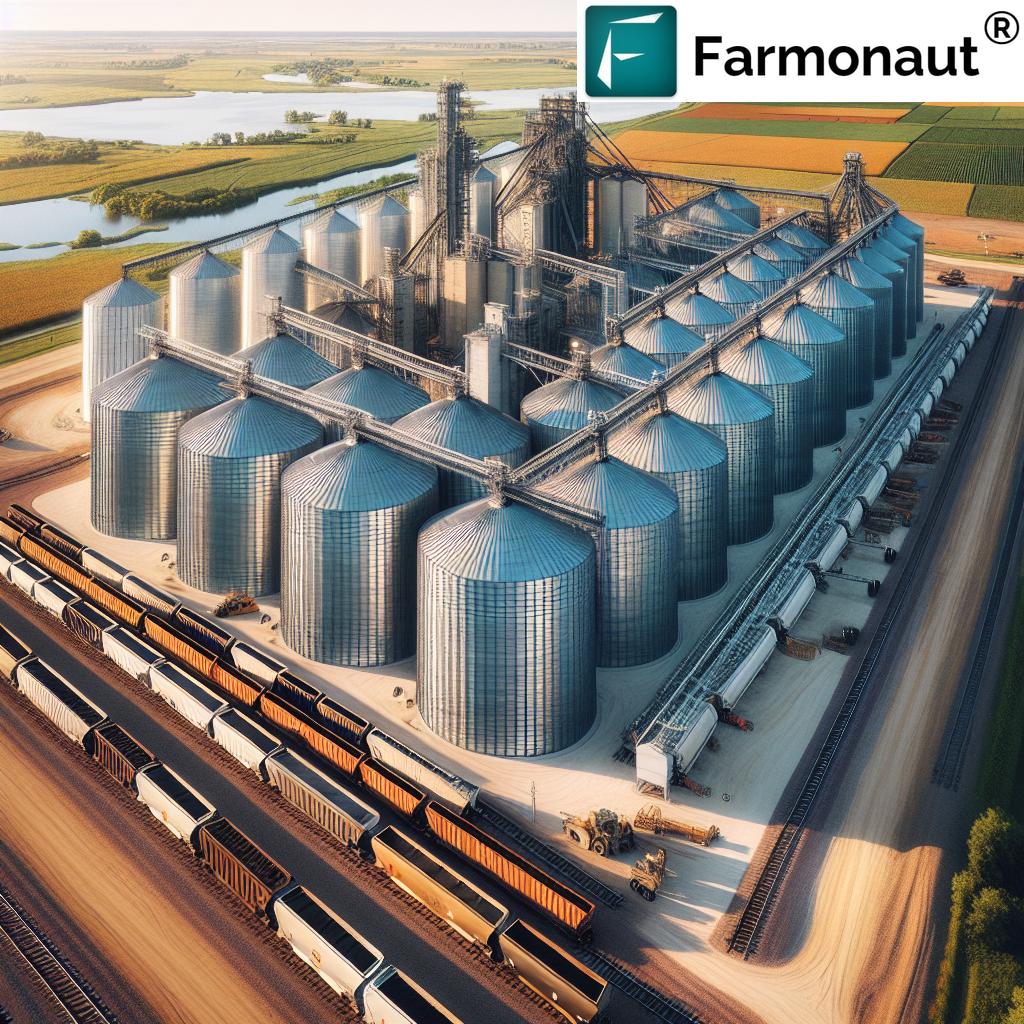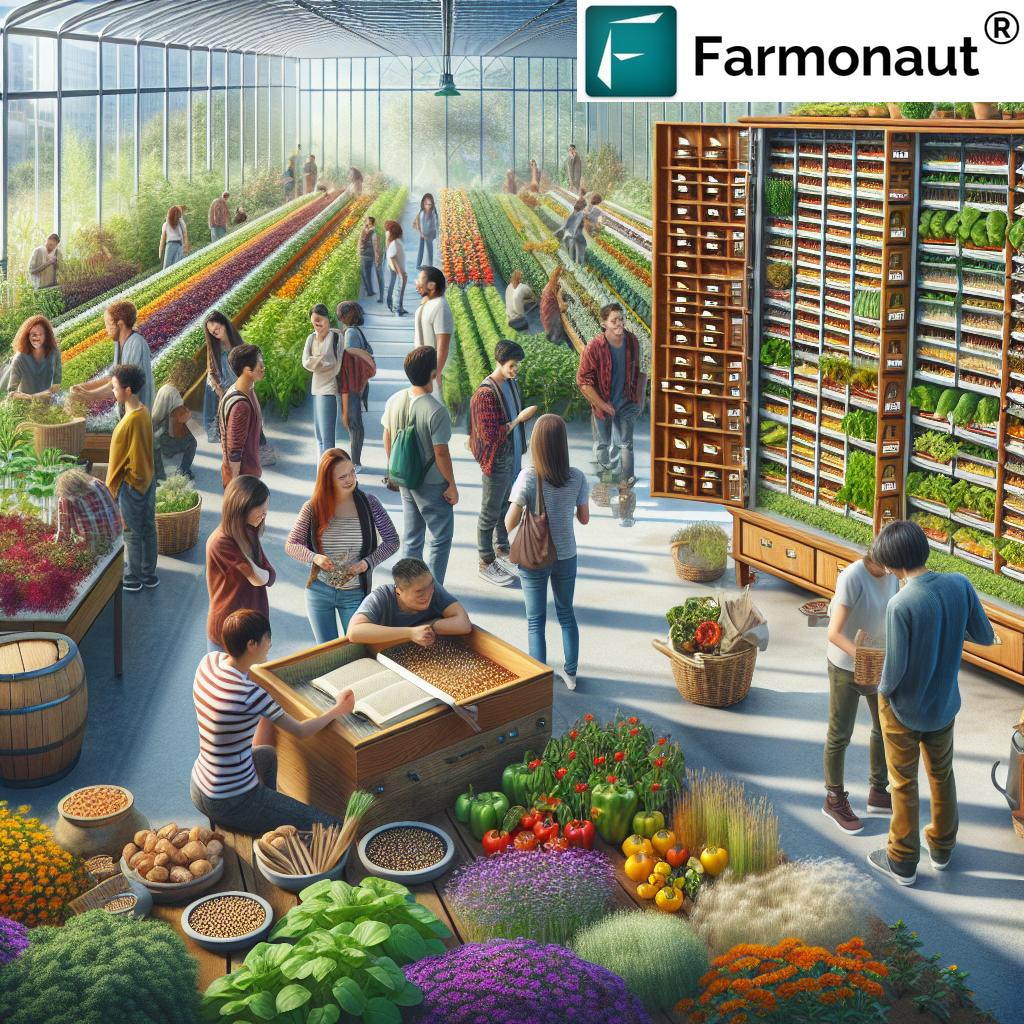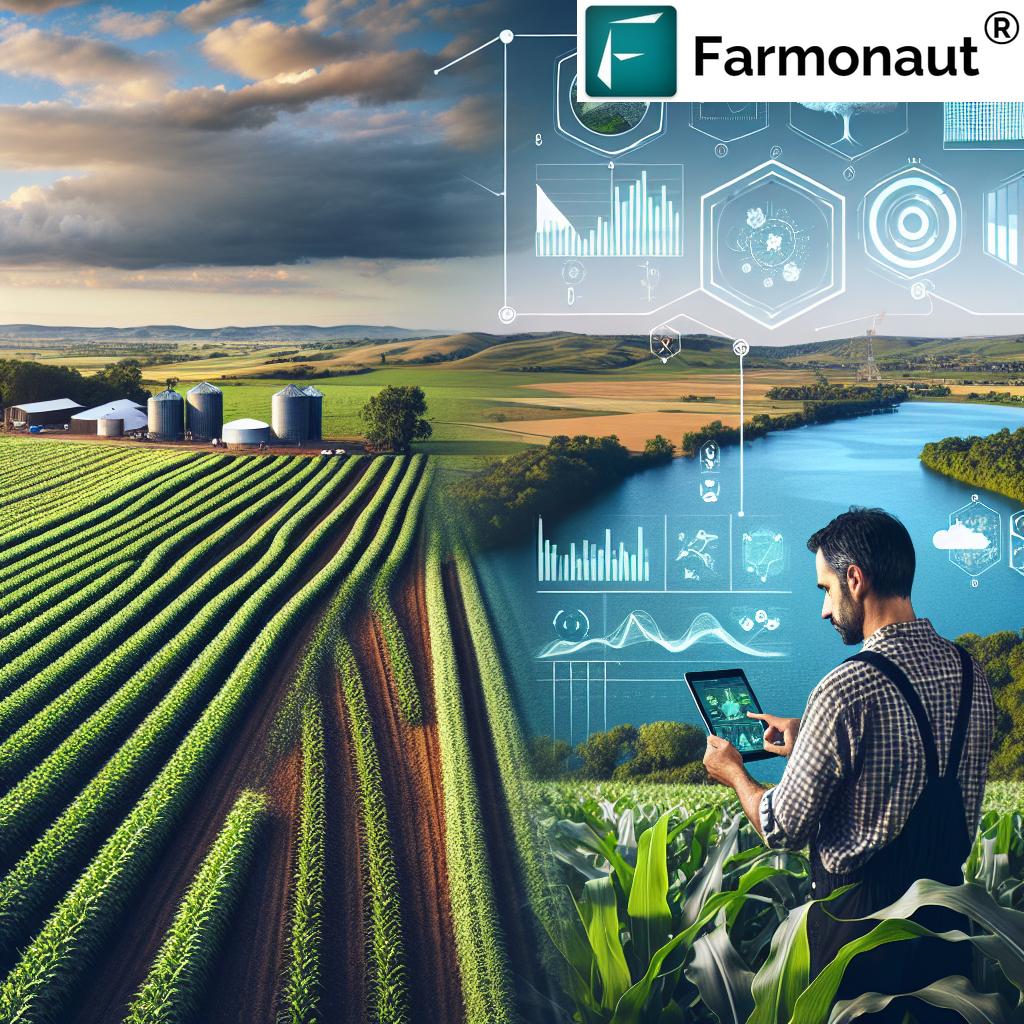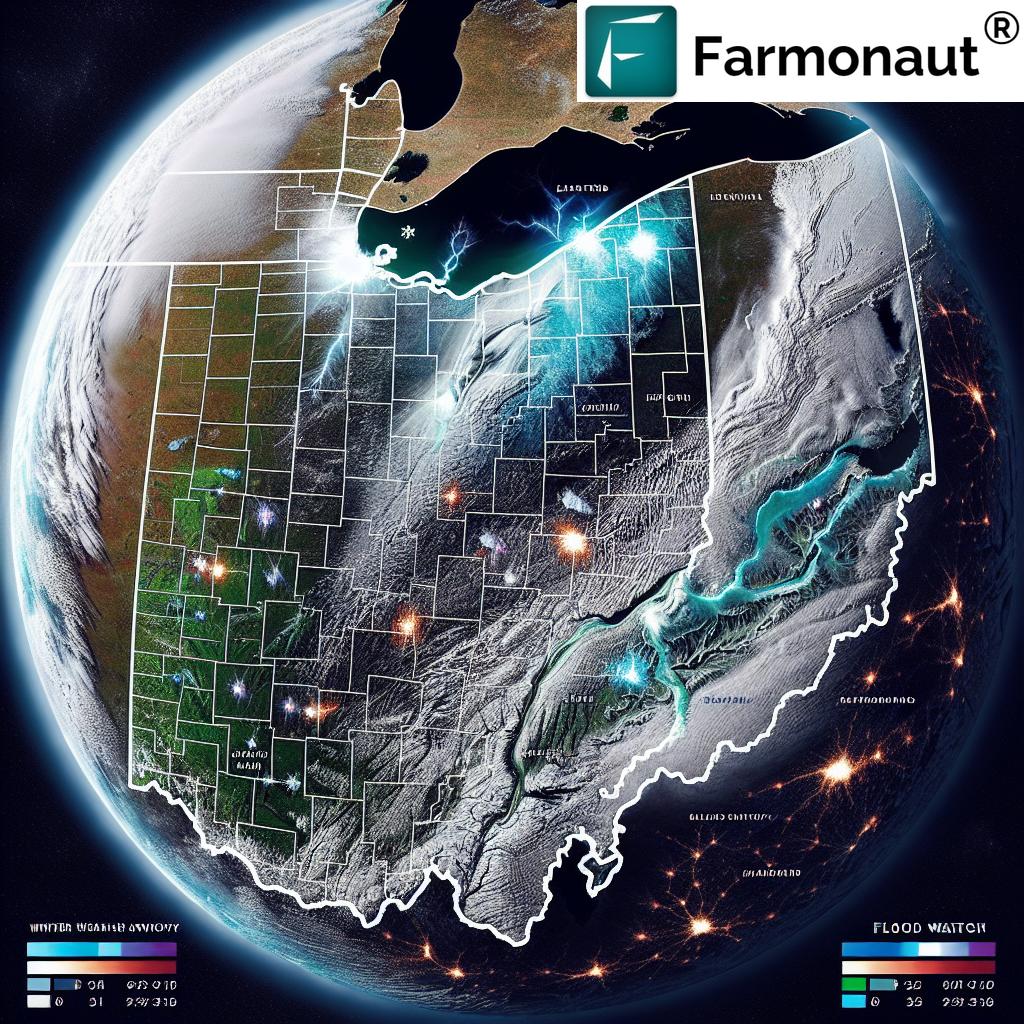Soil Conservation Service Near Me: Top 7 Practices 2026
“By 2025, USDA-backed soil conservation practices could reduce soil erosion by up to 40% across U.S. farmlands.”
Soil Conservation Service: A Pillar for Sustainable Agriculture and Land Management in 2025
Soil conservation remains a critical component in maintaining the health and productivity of agricultural lands, forestry areas, and mining sites. As the global population grows and climate challenges intensify, protecting soil resources is more important than ever. The Soil Conservation Service (SCS), now a core division within the USDA Natural Resources Conservation Service (NRCS), plays a vital role in promoting sustainable land use, preventing soil degradation, and supporting climate-adaptive resource management.
This blog explores the evolution, significance, and modern solutions of soil conservation service—including USDA programs, sustainability best practices, and digital innovations that landowners “near me” can adopt for thriving agriculture, forestry, and more. Let’s dive deep into the key practices, technologies, and benefits shaping soil conservation across the United States as we move into 2026 and beyond.
Understanding Soil Conservation Service and Its Importance
Soil conservation service refers to a set of practices and services designed to prevent soil erosion, maintain soil fertility, and promote sustainable use of land resources. Healthy soil is the foundation of robust plant growth, improved water retention, and resilience against floods and droughts. In agriculture and forestry, conserving soil supports long-term productivity, reduces the need for chemical inputs, and enhances vital ecosystem services. In mining and mineral extraction, soil conservation is essential for land reclamation and minimizing environmental damage.
The importance of soil conservation cannot be overstated. From supporting food security to maintaining biodiversity and sequestering atmospheric carbon, healthy soils are central to our survival, prosperity, and climate solutions.
- Maintaining Soil Fertility: Protects the nutrient base required for productive agriculture.
- Preventing Erosion & Degradation: Shields topsoil from wind, water, and human disturbance that would otherwise diminish its quality and function.
- Promoting Sustainable Use: Ensures that current land management practices do not compromise future generations’ ability to use the land.
- Enhancing Climate Resilience: Healthy soils buffer extremes, store carbon, and help mitigate climate change.
The Legacy and Evolution of the Soil Conservation Service (SCS)
The Soil Conservation Service (SCS) was originally established in 1935 as a direct response to the Dust Bowl crisis of the United States—one of the most devastating soil erosion events in history. This crisis highlighted the dangers of poor land management and marked a turning point in national attitudes toward natural resource conservation.
Since 1935, the organization has undergone significant evolution:
- Scientific Methods: Incorporating advanced research in soil science, hydrology, and ecology.
- Digital Mapping: The use of satellite imagery and GIS for comprehensive soil and land assessments.
- Field Data Collection: Systematic, data-driven analysis to tailor conservation recommendations.
- Broader Mission: In 1994, the SCS became integrated within the USDA NRCS, greatly expanding its reach and including all natural resource management.
The SCS, now the USDA Natural Resources Conservation Service, continues its mission of supporting sustainable and responsible land use—modernizing its services to meet 21st-century challenges.
Modern Soil Conservation Services Near Me (2026 and Beyond)
Access to local soil conservation services in the United States has never been more accessible—or more technology-driven. Through the nationwide network of USDA NRCS field offices, farmers, foresters, and land managers can easily find soil conservation service near me for tailored support.
- Personalized Assistance: Experts conduct on-site evaluations, provide soil testing, and deliver tailored conservation planning services.
- Digital Tools: Landowners can use digital tools, apps, and online planning portals to assess soil health, model conservation practice impacts, and schedule field support.
- USDA and NRCS Programs: The USDA supports a range of conservation programs, including the Environmental Quality Incentives Program (EQIP), Conservation Stewardship Program (CSP), and Conservation Reserve Program (CRP).
- Sector-wide Applications: From agricultural and forestry lands to mining sites and infrastructure corridors, modern soil conservation services address a wide variety of land use and environmental challenges.
To look up soil conservation service site information and request support, simply locate your nearest NRCS office or use their secure portals for rapid assistance. This integration of traditional field support and digital planning empowers every landowner to implement sustainable solutions.
Top 7 Soil Conservation Practices (2026): Effectiveness, Cost & Applicability
“Implementing top 7 soil conservation methods can boost soil organic matter by 20% within three growing seasons.”
Soil conservation service programs recommend many sustainable practices, but the following are the top 7 methods proven to protect soil resources, boost productivity, and ensure sustainable management into 2026 and beyond. These methods, supported by USDA soil conservation service programs and modern technology, are adaptable to a range of lands and sectors—including agriculture, forestry, mining, and infrastructure.
Comparison Table of Top 7 Soil Conservation Practices (2026)
| Conservation Practice Name | Description/How It Works | Estimated Cost (USD/acre) | Estimated Soil Erosion Reduction (%) | Applicability (Land/Forest type) | USDA Program Support | Climate Resilience Benefit Level |
|---|---|---|---|---|---|---|
| No-Till & Conservation Tillage | Minimizes soil disturbance; maintains crop residue on soil surface, reducing erosion and improving organic matter. | $15–$45 | 50–70 | Cropland, pasture | Yes | High |
| Cover Cropping | Plants protective crops between main crops, preventing erosion, enriching soil fertility and increasing resilience. | $20–$60 | 50–80 | Cropland, urban, mine tailings | Yes | High |
| Contour Farming & Strip Cropping | Aligns tillage and planting on the contour; alternates strips of different crops to break water flow and reduce erosion. | $10–$25 | 30–60 | Hilly cropland, slopes | Yes | Medium |
| Riparian Buffers & Filter Strips | Creates vegetated bands along streams/waterways, trapping sediment, stabilizing banks, and improving water quality. | $75–$400 | 40–90 | Waterways, forest edge, pastures | Yes | High |
| Terracing | Reshapes slopes into “stairs” to slow water, reduce runoff, and protect vulnerable land from surface wash. | $100–$600 | 50–80 | Sloping ag land, mining reclamation | Yes | High |
| Agroforestry / Reforestation | Introduces rows or clusters of trees/shrubs among crops or reclaiming land, ensuring soil stability and biodiversity. | $150–$450 | 25–70 | Degraded lands, mining, forest edge | Yes | High |
| Soil Amendments (Compost, Biochar) | Adds organic matter to boost soil health, structure, and carbon retention; improves water-holding capacity. | $40–$120 | 10–30 | All land types, forestry, urban | No | Medium |
Practical Examples and Site Suitability
- No-Till & Conservation Tillage: Suited to large-scale row crops (corn, soy, wheat); reduces machinery time and improves long-term yields.
- Cover Cropping: Especially effective for vegetable farms, grain rotations, orchards, and even after mining extraction on disturbed soils.
- Contour & Strip Cropping: Best on hilly or sloped fields; helps small farmers as well as large operations in rainfall-intensive regions.
- Riparian Buffers & Filter Strips: Critical for any farm or forest bordering creeks, ponds, or drainage ditches to both clean runoff and stabilize banks.
- Terracing: Vital for both the Appalachian slopes and western mountain sites, as well as for land reclamation after mineral extraction.
- Agroforestry & Reforestation: Effective in degraded landscapes, remediating forestry-mining interfaces, or boosting carbon sequestration.
- Soil Amendments: Compost and biochar boost organic matter content and work universally—urban gardens, large farms, forests—improving drought and flood tolerance.
When choosing soil conservation service methods, always factor in your land type, local climate, and resource goals. For personalized planning, consult your soil conservation service site local office or explore digital soil health monitoring tools.
Advanced Technologies & Trends in Soil Conservation Service (2026)
Modern soil conservation service sites combine traditional wisdom with advanced digital technologies to maximize benefits for every acre. Some of the most influential trends for 2026 include:
- Precision Agriculture: Leveraging soil sensors, weather stations, satellite/drone mapping to target conservation practices and reduce input waste.
- Digital Soil Mapping: Satellite and AI-driven maps help quickly identify vulnerable spots, prioritize intervention, and monitor change in near real-time.
- Mobile Planning Apps: Digital platforms allow for easy field data collection, quick reporting of erosion events, and streamlined conservation tracking for landowners.
- Data-Driven Decision Making: Machine learning analyzes field, weather, and crop data, recommending tailored soil conservation strategies that maximize yields while minimizing environmental impact.
- Blockchain and Traceability: For mineral extraction and agriculture alike, blockchain systems document land practices and guarantee environmental compliance.
Learn more about Farmonaut’s Carbon Footprinting product and how it can help measure and reduce your operation’s carbon emissions.
For users seeking deeper, customized insights, we recommend exploring specialized soil conservation service tools such as those offered in remote sensing platforms.
How We at Farmonaut Support Soil Conservation and Sustainability
At Farmonaut, we are proud to support sustainable soil conservation across agriculture, mining, forestry, infrastructure, and defense sectors. Our satellite-driven platform is designed to make advanced soil data, resource monitoring, and environmental intelligence accessible and affordable for everyone—from individual landowners to policymakers.
- Satellite Monitoring: Our system uses multispectral satellite imagery to assess vegetation health (NDVI), soil condition, erosion hotspots, and infrastructure impact—empowering users with real-time, field-specific insight.
- Jeevn AI Advisory System: This AI tool processes field data and weather trends to create actionable, site-specific conservation recommendations—helping users optimize productivity, reduce degradation, and plan sustainable resource use.
-
Blockchain Traceability: Our platform secures every supply chain step for agriculture and mining. Transparency fosters responsible stewardship and meets modern regulatory/environmental standards.
See how our Traceability solutions ensure environmental responsibility and trust in your agricultural or mining supply chain. -
Fleet and Resource Management: We offer tools for optimizing fleet movements for agriculture, mining, and infrastructure—minimizing unnecessary land disturbance.
Discover how Farmonaut’s Fleet Management improves operational efficiency and reduces costs for resource managers. - Environmental Impact Monitoring: Track carbon footprint and resource use in real time, ensuring compliance and supporting sustainable land management strategies.
- API Access: For developers and organizations, we offer secure API endpoints as well as comprehensive API developer documentation.
-
Large Scale Farm Management & Plantation Forestry: Our Agro Admin App empowers managers with tools for monitoring, decision-making, and compliance across thousands of acres.
Explore the Large Scale Farm Management solution for streamlined resources and data-driven conservation on large properties. -
Loans and Insurance Verification: Our satellite verification improves accuracy and reduces fraud for agricultural and mining loan/insurance processes.
Read how Farmonaut’s satellite verification transforms crop loan and insurance processes for landowners and financial institutions.
All these features are available via our web, Android, and iOS apps—and our scalable subscription plans make precision conservation services available to operations of any size, anywhere on Earth.
Soil and Conservation in a Broader Environmental Context
Soil is not just the medium for plant growth—it’s a frontline defense in the fight against climate change.
Sustainable soil and conservation practices:
- Sequester Carbon: Healthy soils act as major carbon sinks, absorbing carbon dioxide and reducing atmospheric greenhouse gases.
- Biodiversity Hotspots: Soils teem with microbes, insects, and plant roots—supporting robust and resilient ecosystems.
- Water Quality & Flood Control: Conservation methods reduce sediment runoff, keep waterways clean, and help retain water after rainfall.
- Societal Benefits: Secure soils boost food security, rural economies, and national defense strategies by maintaining critical infrastructure and resource bases.
Integrated soil conservation service approaches align with global United Nations Sustainable Development Goals—from zero hunger (SDG 2) to climate action (SDG 13) and life on land (SDG 15).
Frequently Asked Questions (FAQ)
What is the Soil Conservation Service, and how does it help landowners?
The Soil Conservation Service (SCS), established in 1935 and now integrated with the USDA NRCS, offers technical support, conservation planning, field data collection, and access to USDA-backed programs for protecting soil and enhancing land productivity. Landowners can locate soil conservation service near me for personalized guidance.
How do I find reputable soil conservation services near me?
Use the USDA NRCS Field Office Locator online or contact your local county extension agent. Many services are now provided through digital platforms, web apps, and mobile apps for ease of access.
Which practice is best for my land?
The optimal soil conservation practice depends on your land’s topography, climate, and intended use. No-till, cover cropping, terracing, and riparian buffers serve different needs—consult your soil conservation service site or digital monitoring tools for a tailored plan.
Is cost a barrier for implementing soil conservation practices?
Many USDA soil conservation service programs provide cost-sharing, technical assistance, and, occasionally, direct incentives—especially for high-impact practices or landowners in erosion-prone or climate-vulnerable regions. Review the Comparison Table above for cost ranges.
How do soil conservation practices help with climate resilience?
These practices increase organic matter, improve water retention, stabilize land, prevent costly damage, boost yields, and enhance the land’s carbon sequestration capacity.
Conclusion: Safeguarding Our Soil, Sustaining Our Future
As global population grows and environmental challenges intensify, soil conservation service remains a critical component of sustainable land management and resilient agriculture in the United States and around the world. Through the combination of time-tested practices and digital, satellite-based innovations, landowners have more resources than ever to maintain soil health, prevent erosion, reduce degradation, and ensure high productivity.
Whether you are a farmer, forester, miner, or infrastructure manager searching for “soil conservation service near me,” USDA soil conservation service programs and modern tools make it easier to plan, execute, and document your conservation efforts. By embracing these solutions, we collectively protect our natural resources, strengthen our climate resilience, and secure productive lands for future generations.
Soil conservation stands as a pillar for 2026 and beyond—ensuring a sustainable and prosperous future for all.















